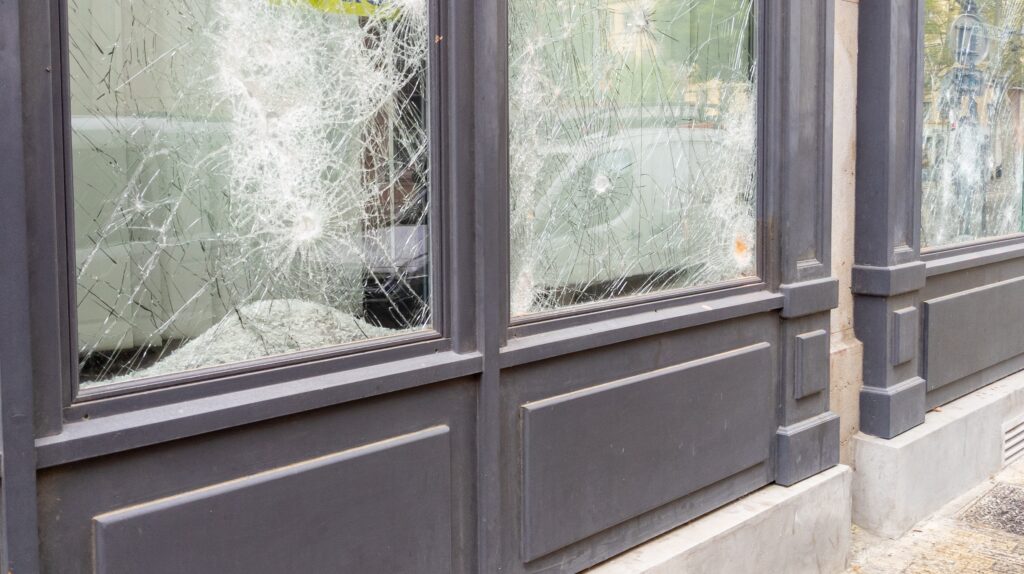Commercial property insurance is an essential policy for any organization. It provides much-needed indemnity following the damage or destruction of an organization’s property due to a covered loss. Direct damage coverage is a key form of protection available under commercial property insurance. This coverage can help pay the cost of repairing or replacing damaged or destroyed property so long as certain policy requirements are met.
Standard insuring agreements in commercial property policies include five basic requirements for direct damage coverage to apply: direct physical damage, loss to covered property, loss at a covered location, loss from a covered cause and loss within the policy period.
Triggers for Direct Damage Coverage Under Commercial Property Insurance
1. Direct Physical Damage
Commercial property losses may be direct or indirect in nature. Direct losses refer to physical damage to the structure of an organization’s commercial building or its contents, thus altering the property in a way that diminishes its functionality or renders it completely unusable (e.g., fire damaging the walls and floors of a manufacturing plant and production equipment and materials stored within).
Alternatively, indirect losses are those that occur as a result of physical damage to commercial property (e.g., lost business income and extra operating costs stemming from the fire at the manufacturing plant). In this context, direct damage coverage only applies to direct losses.
2. Loss to Covered Property
Direct damage coverage pertains to losses impacting covered property. Although the definition of covered property may differ between policies and insurers, it generally comprises these categories:
- Buildings— This includes commercial buildings, structures and completed property additions. It may also include certain indoor and outdoor fixtures, permanently installed machinery and equipment, and some types of personal property that are utilized to service or maintain commercial buildings or their surrounding premises (e.g., fire extinguishing tools, large appliances, floor coverings, outdoor furniture and lawn mowers).
- Business Personal Property— This refers to business-related contents located within commercial buildings or their surrounding premises. Examples of business personal property include inventory, furniture, movable machinery and equipment, and office supplies.
- Personal Property of Others— This includes property owned by another person or organization that’s currently in the care, custody or control of a policyholder. Sublimits are often attached to the personal property of others, therefore restricting overall coverage capabilities for such property.
3. Loss at a Covered Location
In addition to impacting covered property, losses must take place at covered locations or nearby—typically within 100 feet to 1,000 feet of the premises—for them to be protected under direct damage coverage. Covered locations are usually described in detailed schedules on the declarations page of a commercial property policy. The premises outlined on this page should match covered locations as closely as possible for the policy to remain valid.
Limited coverage may also be available for losses affecting covered property in transit or at newly acquired or unscheduled locations. However, these losses must occur within a commercial property policy’s larger territory to qualify for direct damage coverage. In most cases, this territory includes the United States and its associated territories and possessions, Puerto Rico, and Canada.
4. Loss From a Covered Cause in Commercial Property Insurance
Commercial property losses must stem from a covered cause—also known as a covered peril—for them to be protected under direct damage coverage. Covered causes are determined based on the policy type. In particular, there are two main types of commercial property policies: named perils and all risks.
In a named perils policy, each covered cause of loss is explicitly listed. For an all risks policy—sometimes called an open perils policy—all causes of loss are deemed covered unless they are specifically excluded.
Between both policy types, commonly covered perils include fires, smoke, explosions, wind, hail, lightning, aircraft or vehicle collisions, vandalism and certain forms of water damage. On the other hand, losses arising from nuclear hazards, war and military action, governmental seizure or destruction of property, utility service interruptions, mechanical breakdowns, and employee dishonesty are frequently excluded.
5. Loss Within the Policy Period
In conjunction with the previously mentioned requirements, the timing of commercial property losses also dictates whether they qualify for direct damage coverage. Specifically, such losses must occur within a predetermined date range, typically referred to as the policy period. This period, often extending one year from the date on which coverage was first activated, is generally listed on the declarations page of a commercial property policy.
Consider Commercial Property Insurance
Commercial property insurance, particularly direct damage coverage, can benefit organizations of all kinds. By better understanding these policies and related coverage requirements, policyholders can ensure ample financial protection against a variety of property losses, paving the way for a smooth recovery process.
Acentria Insurance is committed to assisting in the growth and profitability of your business. Contact us today for personalized insights on how to protect your business.
























